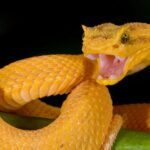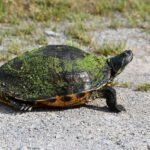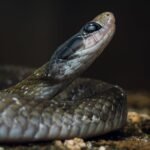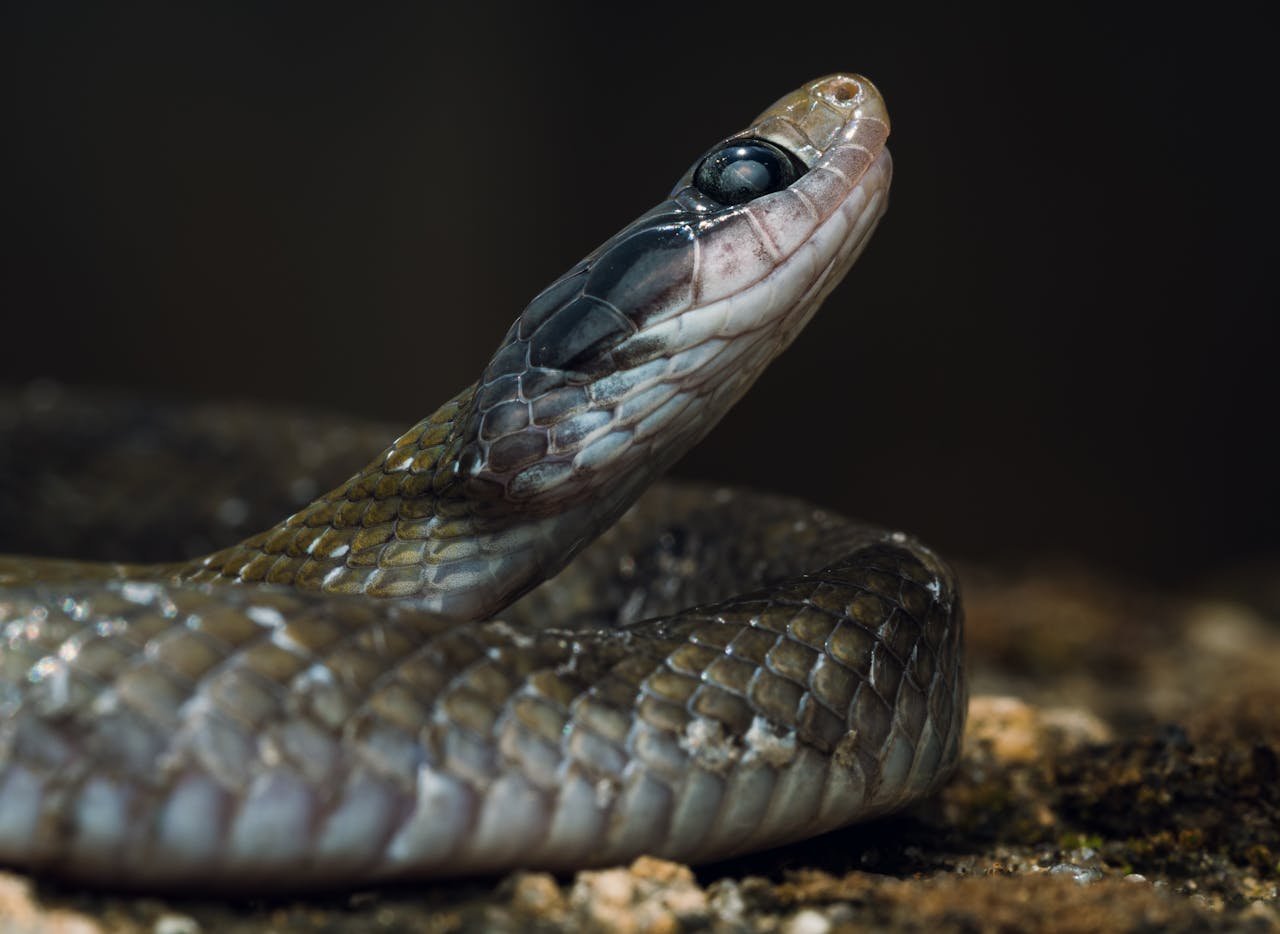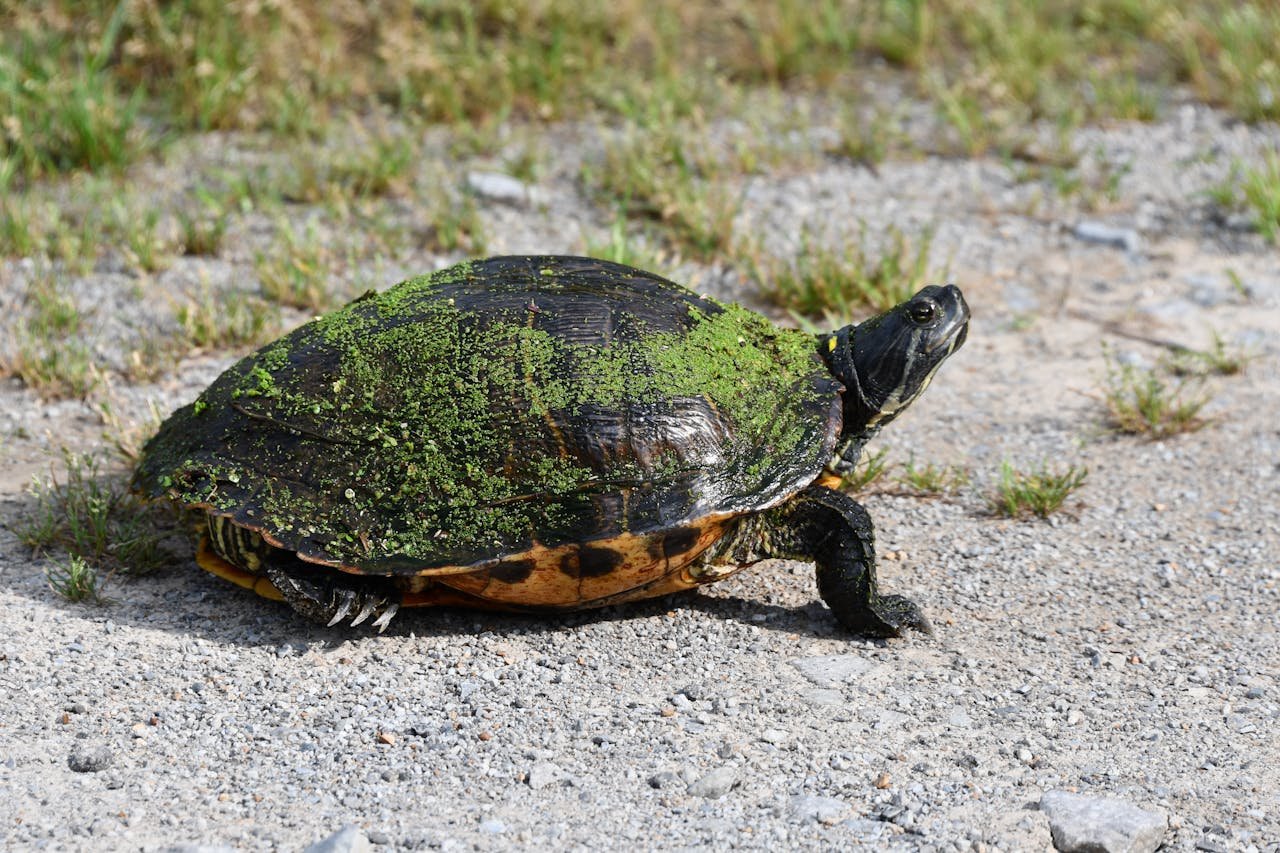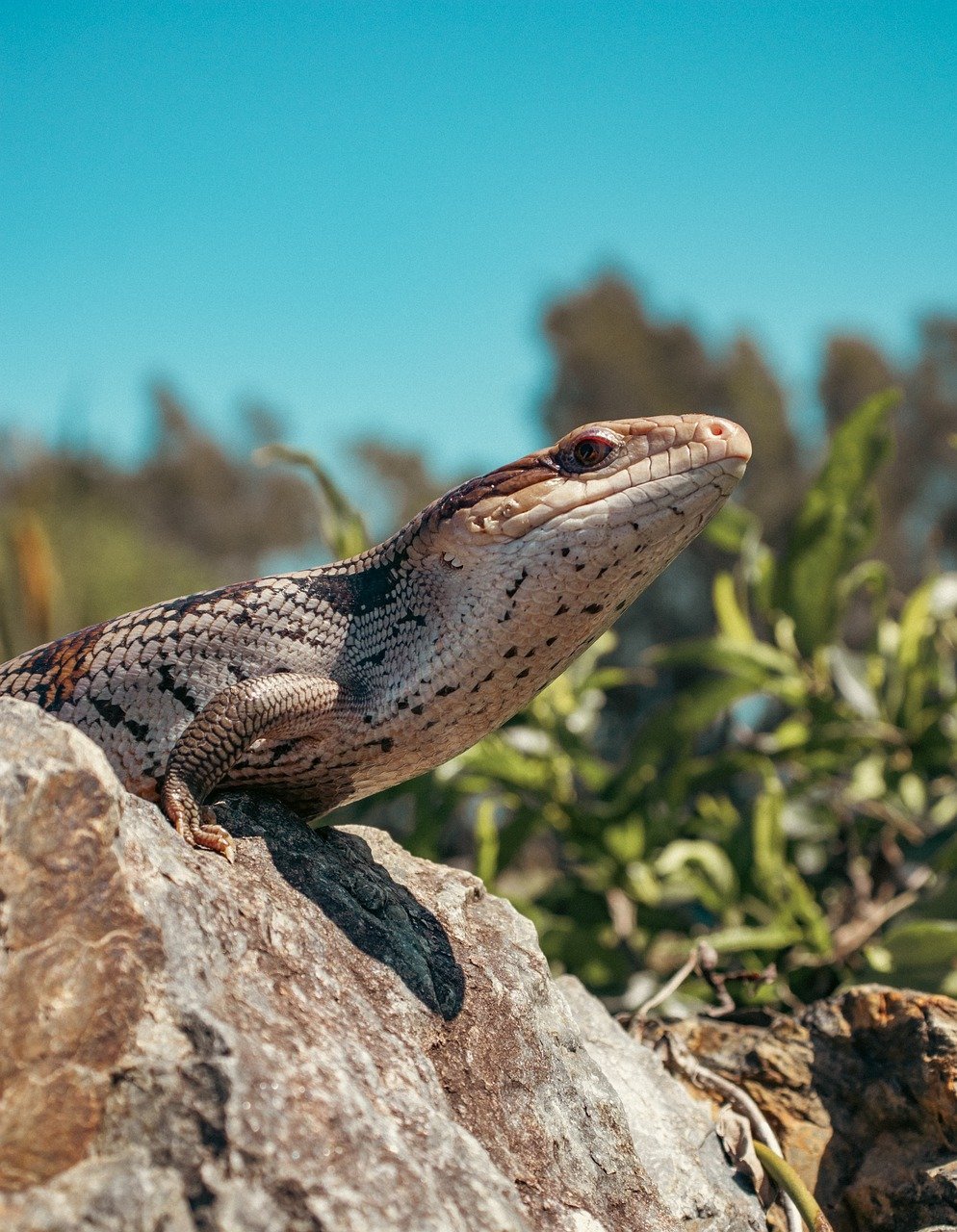The coral snake is one of those snakes that are very colorful but at the same time very dangerous to human beings through its venom. It begins with a pattern of red, yellow, and black bands. Part of the family Elapidae-that covers cobras, mambas, and sea snakes-the coral snakes have been found only in the Americas from both North and South America. The reasonably well known North American species are the eastern coral snake Micrurus fulvius, the Texas coral snake Micrurus tener and the Sonoran coral snake Micruoides euryxanthus. Though many people fear them because of their potent venom they are also interesting animals because of some of their unusual behaviours and ecological roles. Other physical features will be explained in the paper that are inclusive of: physical features of coral snakes, behavior, habitat, diet, reproduction, and conservation status.
Physical Characteristics
They are relatively small snakes; their lengths range from an average of 18 to 30 inches, although the length of some species may be longer. The bright colouration and pattern-powerful red, yellow, or white and black bands running down the length of the body-are typical in this genus. It is a warning for the would-be predators about the snake’s venomous nature-a phenomenon called aposematism.
The color bands, in order, tell if it is a real coral snake. In North America, the coral snakes differ from its scarlet kingsnake and milk snake mimics-both nonpoisonous-through the rhyme: “Red touch yellow, kill a fellow; red touch black, friend of Jack”. This applies only to the coral snakes found in North America, while elsewhere in the world the coral snakes follow other different color patterns.
They are rather slim, and their head is little wider than their neck. The coral snakes have smooth scales. Besides the fact that these snakes miss the usual heat-sensing pits used for location of warm-blooded prey, their round pupils distinguish them from vipers, one of the few families of venomous snakes. They have small fixed fangs at the front for the delivery of powerful neurotoxic venom.
Behaviour and Venom
Coral snakes are secretive and very elusive reptiles, usually active when temperatures are coolest such as early morning or late afternoon. The snakes are solitary and not typically confrontational except as a last resort; they may hibernate under leaf litter, logs, rocks, or burrow in soft soil. Speaking generically, the coral snake will attack only when threatened; they would much rather flee. It is only slightly defensive if cornered or provoked by flattening of the body, concealing of the head under the coils, and raising the tail up to about the position of the head- simply as confusing behaviour to the predators.
Though generally docile, coral snakes have very powerful venom. Venom from coral snakes is rich in neurotoxins causing paralysis and respiratory failure in its victims. Unlike vipers, which pull venom deep into tissue with a long, retractable fang, coral snakes have very short fixed fangs and must chew on their prey to inject venom effectively. That means that coral snake bites to humans are most often associated either with handling the snake or stepping upon one accidentally, and even then the snake does not always inject venom in what is called a “dry bite”.
The venom of the coral snake is neurotoxic, acting to block nerve transmission between the nerve endings and muscles. Symptoms of envenoming include generalized muscle weakness, breathing difficulties, slurred speech, double vision, and in severe cases, complete paralysis and respiratory failure. Since the venom so frequently acts very slowly, persons bitten by a coral snake should seek medical attention as soon as possible even though symptoms may not appear right away.
Distribution and Habitat
In general, coral snakes occur in most habitat types throughout the Americas. They are considered common to abundant in the southeastern United States including Florida, Georgia, Alabama, Mississippi, Louisiana, and Texas. They favor pine and scrub forests, hardwood forests, sandy ridges and coastal plains. They also favor areas wherein the soil is considerably loose for their burrowing habit.

These coral snakes would, from tropical rain forests to arid deserts, be found nearly in all other areas of Central and South America. The range of coral snakes covers southward into Mexico, further into Central America, and into South America, including countries like Colombia, Venezuela, Brazil, and Peru. Each one of these varied regions could thus have their own species adapted to the local conditions. While some are found in thick undergrowth in rainforests, others are more likely to be seen in rocky, dry areas or even savannas.
General Coral snakes are found in an area that offers them much cover-like leaf litter, logs, or thick vegetation. These provide ample protection for them from predators and bad weather, and game is plentiful.
Diet and Hunting Behavior
The food mainly constitutes the small vertebrates. It includes other reptiles especially the smaller snakes and the lizards, the amphibians like the frogs and toads. The small mammals and the bird’s eggs may also be included in their diet to a small extent.
Behaviorally apart from some of the other species, the coral snakes are not the constrictors instead they kill their victims with the venom. With a very keen sense of smell, sensitive to any kind of vibration, a coral snake will hunt any potential food. Once their target is found, they strike-mostly holding onto their object and gnawing to effectively deliver their venom. Their venom is neurotoxic in nature-complete with immobilizing the victim within a very short time for the coral snake to swallow whole.
Because of this, the coral snakes become secretive and normally stay hidden under debris or underground since ambushes laid on unsuspecting prey serve to constitute them effective predators despite not being of big size. They are very important in the ecosystem since they help in controlling populations of the small vertebrates.
Reproduction and Life Cycle
Coral snakes are oviparous, laying eggs rather than giving birth to live young. Generally, the breeding of most species of coral snakes starts during spring, though this may vary in different species and regions. Males locate females through their keen sense of smell and display courtship behaviors, including, but not limited to, tactile stimulation or body alignment.
After copulation, the female coral snake lays a clutch of eggs. These are deposited in some concealed situation, such as under leaf litter, in rotting logs, or in burrows. Beyond this, the female does not attend the eggs anymore.
The incubation time is temperature and humidity dependent and ranges between 60 to 90 days. Hatchlings emerge late summer or early fall when the young coral snakes are surviving on their own independent means; there is no evidence of parental care being applied. At birth, hatchlings possess fangs and venom and can therefore hunt small prey. They possess the same color and banding and appear as a miniature version of adults.
However, compared to some species of snakes, the growth rate for the coral snake is relatively slow. It reaches its sexual maturity in two to three years and is thought to live more than a decade in the wild. Their nature being reclusive normally puts them out of sight, hence vulnerable to predation, often limiting their lifespan.

Conservation Status and Threats
The status of the conservation does vary with the species of coral snakes and even further with the region. While some species are considered common and not under threat, others really face serious threats associated with habitat loss, climate change, and human activities. Generally speaking, deforestation, urbanization, and expansion of agriculture have reduced the suitable habitat available to coral snakes, particularly in tropical areas where rainforests are presently being cleared at alarming rates.
Climatic change is another fatality threat to the major coral snakes. Changes in the pattern of temperature and rain directly affect living habitats, their prey, and sometimes breeding behaviour. Generally, coral snakes are killed out of fear and misunderstanding while they are typically timid and not normally aggressive.
Some species are also taken
for the pet trade as well, though this occurs on a much smaller scale because keeping such a venomous animal in captivity is highly bothersome. Natural habitat protection and public awareness regarding the ecological relevance of these animals should come hand in hand with a part of these activities.
Conclusion
Interesting very crucial to the ecosystem reptiles, due to striking coloration combined with potent venom and elusive behavior. Regardless of such a fearful reputation, they actually are very shy and seldom seen fighting with humans. Their role is great in all ecosystems they exist by the control of small vertebrate populations and help in assuring biodiversity. While, the coral snakes are undergoing strict threats associated with habitat loss, climate change, and other human influences. Whether these unique reptiles continue depends fully on whether effective conservations meant to protect them are done. A great deal of appreciation with regards to the coral snakes in the wild consists of learning about and appreciating their natural history, which fosters the effort toward their survival.

